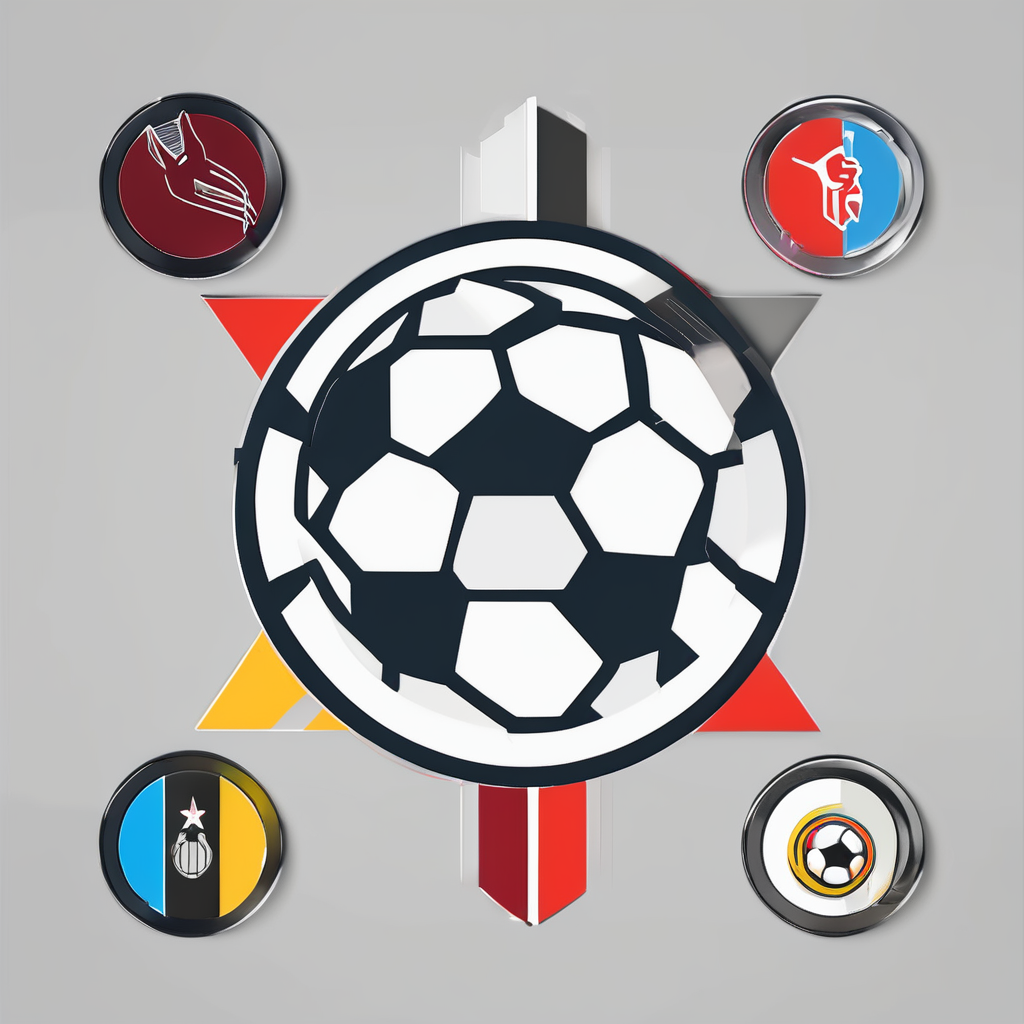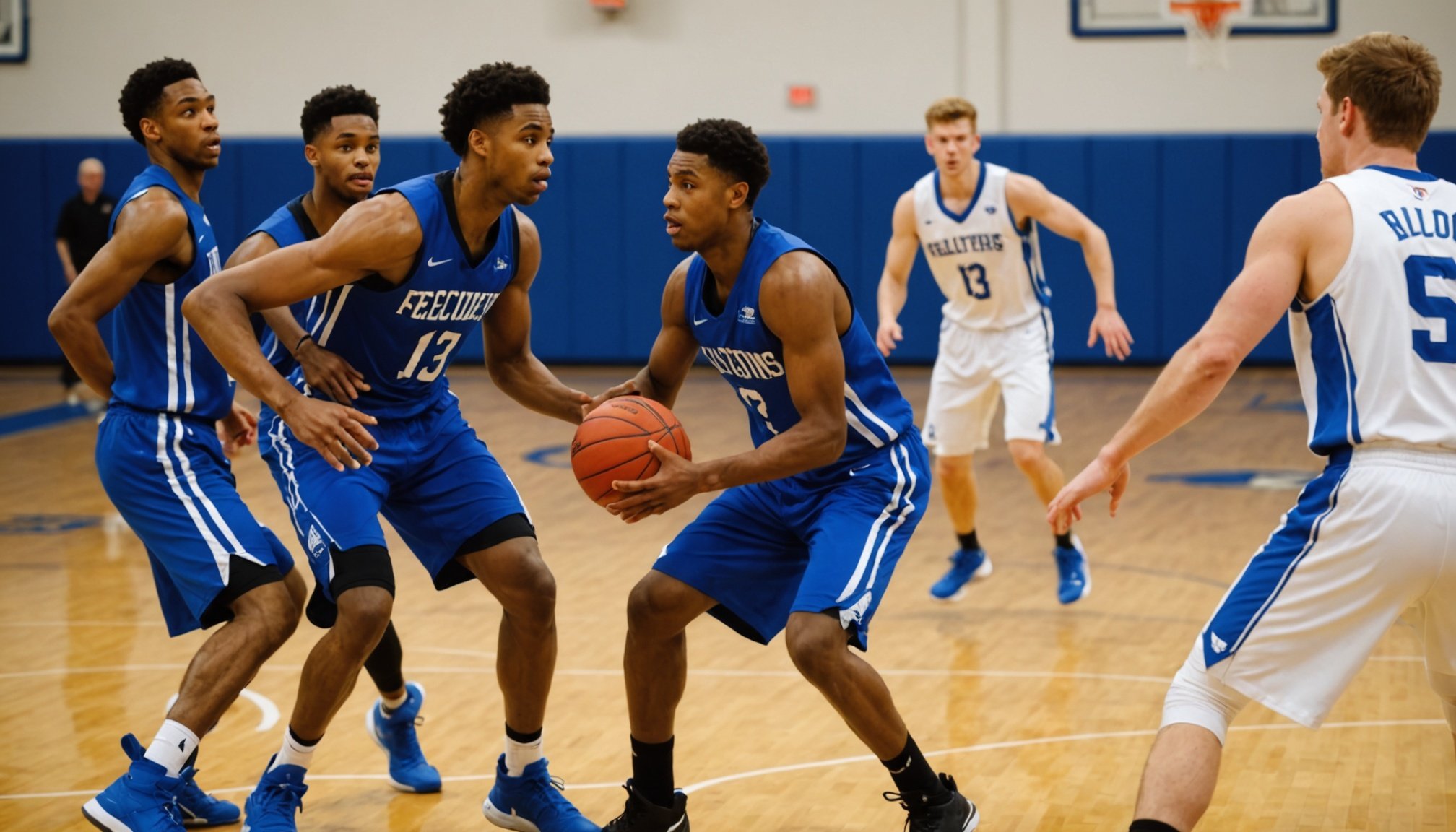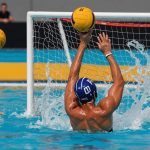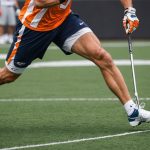Proven Techniques for Enhancing Defensive Reaction Times
Reaction time is crucial in basketball, particularly for defence. Quick reactions can greatly improve a player’s ability to block a shot or intercept a pass, ultimately enhancing overall defensive skills.
Recent research suggests that speed training and agility drills are effective methods to improve reaction time. By incorporating exercises such as lateral shuffles, zig-zag runs, and cone drills, players can train their bodies to move swiftly and precisely. Agility ladders, in particular, are a favoured tool in these trainings, helping players develop the footwork and speed necessary for rapid defensive adjustments.
In the same genre : Maximize your game: the ultimate heart rate monitor guide for uk basketball players to boost training efficiency
Moreover, drills specifically targeting defensive skills can yield significant benefits. These include exercises like close-out drills and box slides, which not only improve a player’s physical capabilities but also enhance their situational awareness. The structured nature of these drills helps players practice decision-making under pressure, ensuring they remain agile and responsive during a game.
In summary, committing to a regimen of reaction time improvement exercises allows players to enhance their defensive performances, making them more formidable opponents. By focusing on speed and agility through tailored training drills, athletes can see measurable improvements in their overall defensive prowess.
Topic to read : Maximizing performance potential: the essential role of strength and conditioning in training uk basketball athletes
Drills to Boost Speed and Agility
When it comes to basketball training, agility drills are crucial for enhancing performance and ensuring players can manoeuvre the court with efficiency. Using a combination of ladder drills, shuttle runs, and defensive slide drills can dramatically improve both speed and agility.
Ladder Drills
Ladder drills are an excellent way to incorporate footwork drills into your regimen. These drills improve coordination by requiring precise and fast movements. Agility ladders can be placed on the ground to perform exercises such as the inside-out and lateral shuffle, which train athletes to change directions swiftly. Using variations like hopping on one foot can increase difficulty and challenge athletes further.
Shuttle Runs
Shuttle runs are pivotal for improving lateral movement, arguably one of the most necessary skills for basketball training. To execute shuttle runs effectively, mark out a distance, sprint to the marker, and return quickly. Including basketball-specific scenarios, like dribbling while performing shuttle runs, adds a practical edge, ensuring players are prepared for in-game situations.
Defensive Slide Drills
Also essential are defensive slide drills. In basketball, the effectiveness of defensive slides ensures players can guard opponents efficiently. Master these techniques by emphasizing bent knees, quick feet, and balanced upper body positioning. Regular integration into training schedules not only refines technique but also builds endurance over time.
Expert Insights on Speed Enhancements
To gain a deeper understanding of speed training and its impact on athlete development, interviews with experienced basketball coaches reveal valuable insights. Coaches often emphasize the importance of tailored training methodologies for each player’s unique attributes. These expert insights highlight how personalized coaching tips can enhance not only speed but also overall performance.
Speed training is pivotal in improving defensive skills, as evident from compelling statistics. Coaches report that players who engage in structured speed training exhibit significant improvements in their ability to respond quickly during defensive maneuvers. For example, athletes show reductions in reaction time and enhancements in lateral quickness, which are crucial for effective defense.
Success stories from UK basketball teams perfectly illustrate the transformative power of these techniques. Teams adopting these training programs have consistently seen notable improvements in game outcomes. Players are not only faster but also develop a strategic edge, contributing to overall team success.
Incorporating these expert-driven training methods can lead to remarkable growth in player capabilities. By adopting a comprehensive approach, focusing on individual needs and leveraging structured programs, coaches can foster enhanced athleticism and team performance. Such insights are invaluable for anyone striving to optimize player development and achieve competitive excellence.
Video Demonstrations and Visual Aids
Visual learning, through training videos and infographics, plays a crucial role in enhancing athlete comprehension and retention. Video demonstrations allow athletes to visually grasp techniques, aiding in faster learning and understanding. Let’s delve into how coaches and athletes can maximise these resources.
Importance of Visual Learning
Video demonstrations stand out as a highly effective tool, enabling athletes to see techniques in action, promoting better retention. Incorporating demonstrated techniques in recordings can significantly boost an athlete’s learning curve. For instance, slow-motion replays or step-by-step breakdowns help in analysing specific movements. Coaches often utilise resources like online platforms and sporting YouTube channels to find high-quality materials for athletes’ development. By integrating these into training sessions, athletes can reinforce what they learn and improve performance.
Infographic Breakdown of Techniques
Infographics serve as an important complement to video material, summarising and visualising key techniques at a glance. These tools can be both compelling and informative when designing for practice sessions. Keep in mind to make them clear and concise, focusing on critical details that are demonstrated techniques. Sharing infographics on platforms like Instagram or Twitter broadens reach and provides easy access to these resources. Incorporating these elements into training encourages a well-rounded, engaging learning experience.
Measuring Improvement and Performance
Understanding and actively tracking an athlete’s performance is crucial for their development. Establishing baseline measurements for defensive reaction times can serve as the first step. These measurements are essential in creating a benchmark to gauge future progress. Typically, tools such as reaction timers and motion sensors are implemented to record initial reaction times. This data lays the groundwork for continuous athlete assessment.
Once baseline data is collected, tracking progress over time becomes the primary objective. Various methods can assist in this endeavor. Video analysis, for example, allows athletes and coaches to review actions and hone defensive tactics. Additionally, software that collects and analyses performance metrics through activity logs and improvement metrics provides invaluable insights into areas requiring enhancement.
Adapting training programs based on athlete performance and feedback ensures that each individual’s needs are met. This approach might include modifying intensity or intervals of training sessions. Furthermore, integrating athlete feedback into the program can highlight unseen issues or areas where further development may be needed. By emphasizing performance tracking with state-of-the-art tools and consistent athlete assessment, progress becomes not only transparent but also actionable.











